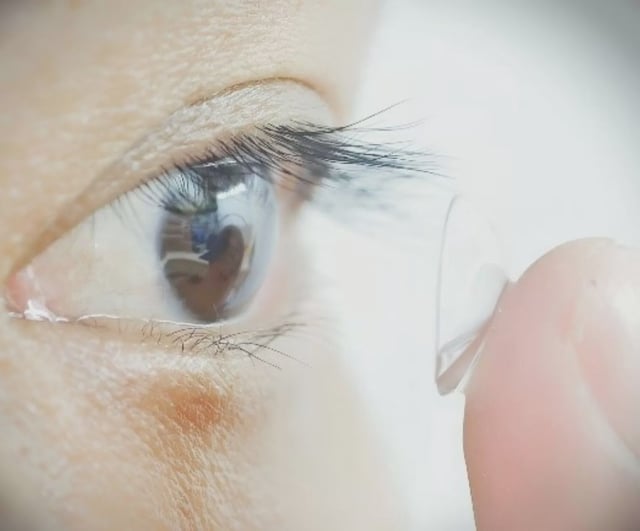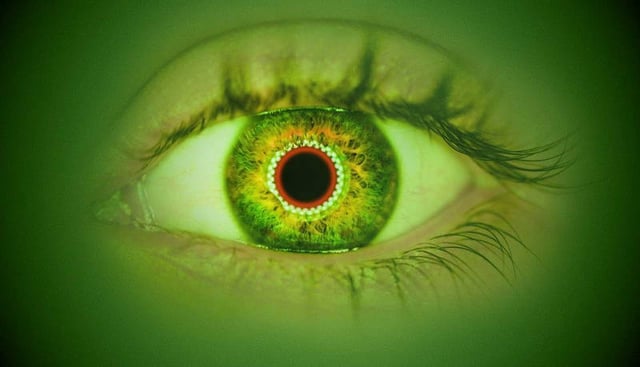Overview
- The lenses use nanoparticles embedded in soft, non-toxic polymers to convert near-infrared light into visible light detectable by the human eye.
- Unlike traditional night vision goggles, the lenses require no power source and allow simultaneous detection of visible and infrared light.
- Participants demonstrated improved infrared sensitivity with eyes closed, as near-infrared light penetrates eyelids more effectively than visible light.
- Currently limited to detecting infrared radiation from LED sources, researchers aim to enhance sensitivity for ambient infrared light and improve image clarity.
- Potential applications include emergency response, anti-counterfeiting, and healthcare, with production costs estimated at $200 per pair.



